
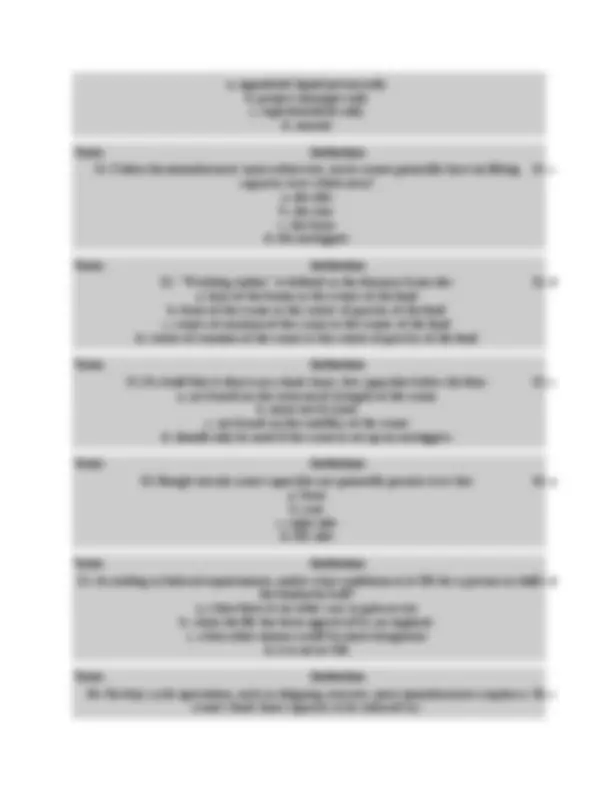
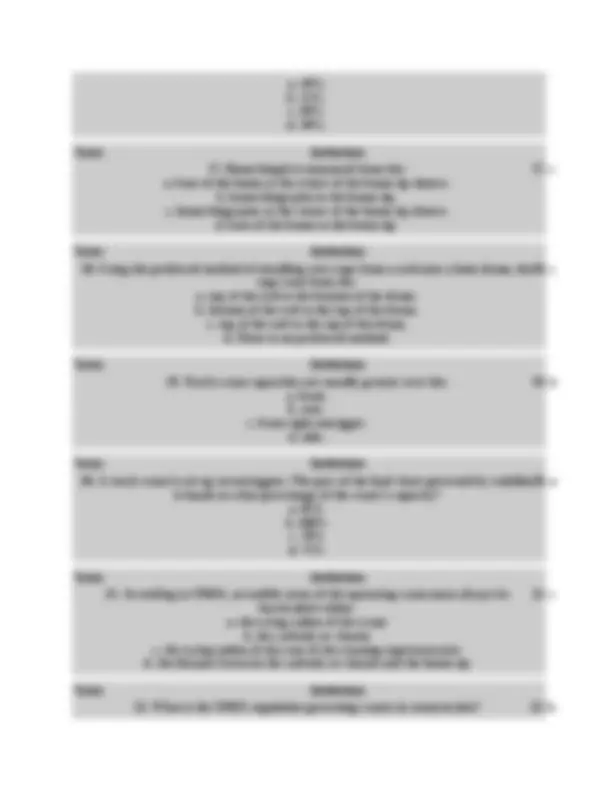
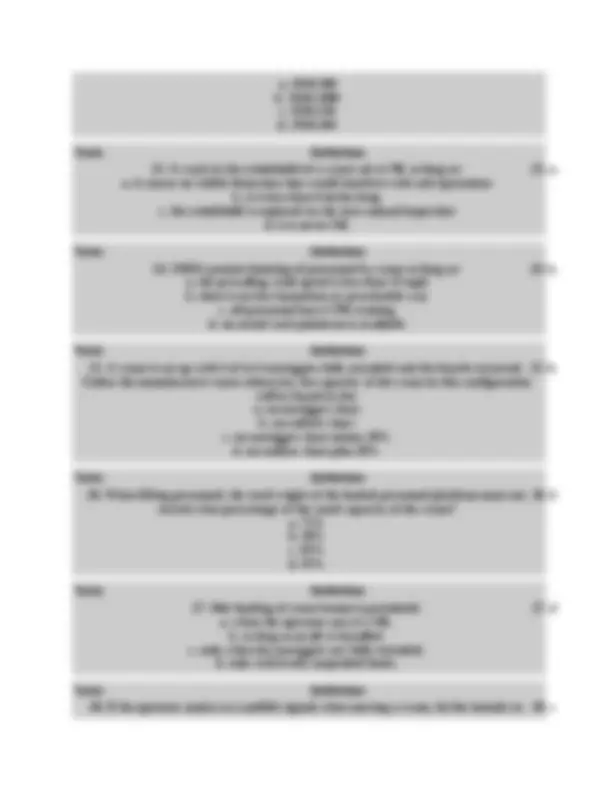
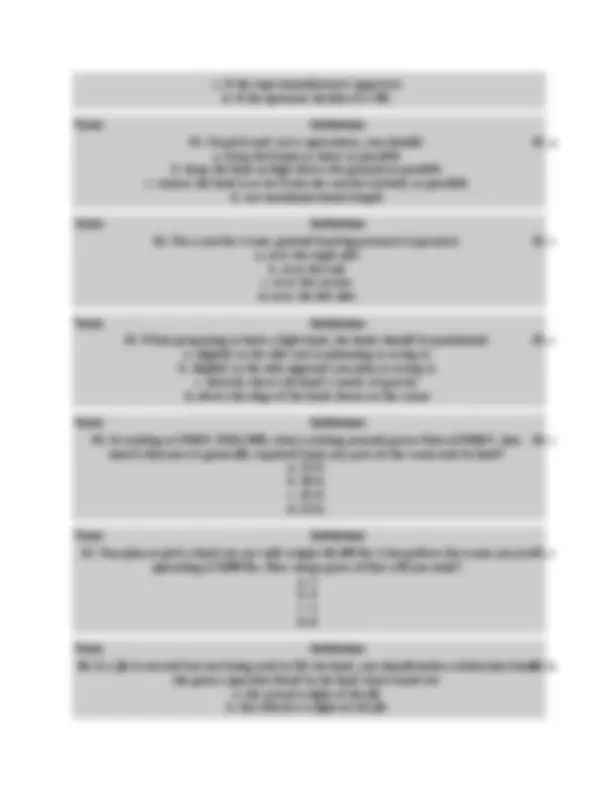
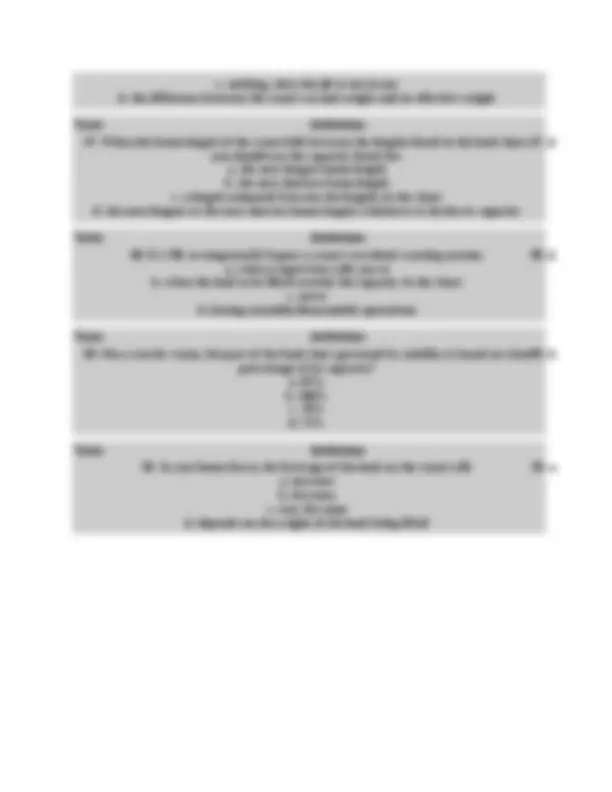


Study with the several resources on Docsity

Earn points by helping other students or get them with a premium plan


Prepare for your exams
Study with the several resources on Docsity

Earn points to download
Earn points by helping other students or get them with a premium plan
Community
Ask the community for help and clear up your study doubts
Discover the best universities in your country according to Docsity users
Free resources
Download our free guides on studying techniques, anxiety management strategies, and thesis advice from Docsity tutors
A wide range of topics related to crane operation and safety, including boom positioning, load charts, power line safety, crane capacities, and osha regulations. It provides detailed definitions and explanations for various crane-related terms and concepts, as well as guidelines and best practices for safe crane operation. Likely intended for crane operators, supervisors, or individuals involved in crane-related work, and could be useful for training, reference, or compliance purposes. The comprehensive coverage of crane-specific knowledge and regulations makes this document a valuable resource for anyone seeking to enhance their understanding of crane operations and safety protocols.
Typology: Exams
1 / 9

This page cannot be seen from the preview
Don't miss anything!






Term
outrigger d. on-outriggers load chart, after shortening all outriggers to the same length as the fourth (short) outrigger Term
a. 10%. b. 15%. c. 20%. d. 30%. Term
a. 1910. b. 1926. c. 1926. d. 1910. Term
c. is through the centerline of the crane cab d. is through the boom butt section Term
c. if the rope manufacturer approves d. if the operator decides it’s OK Term